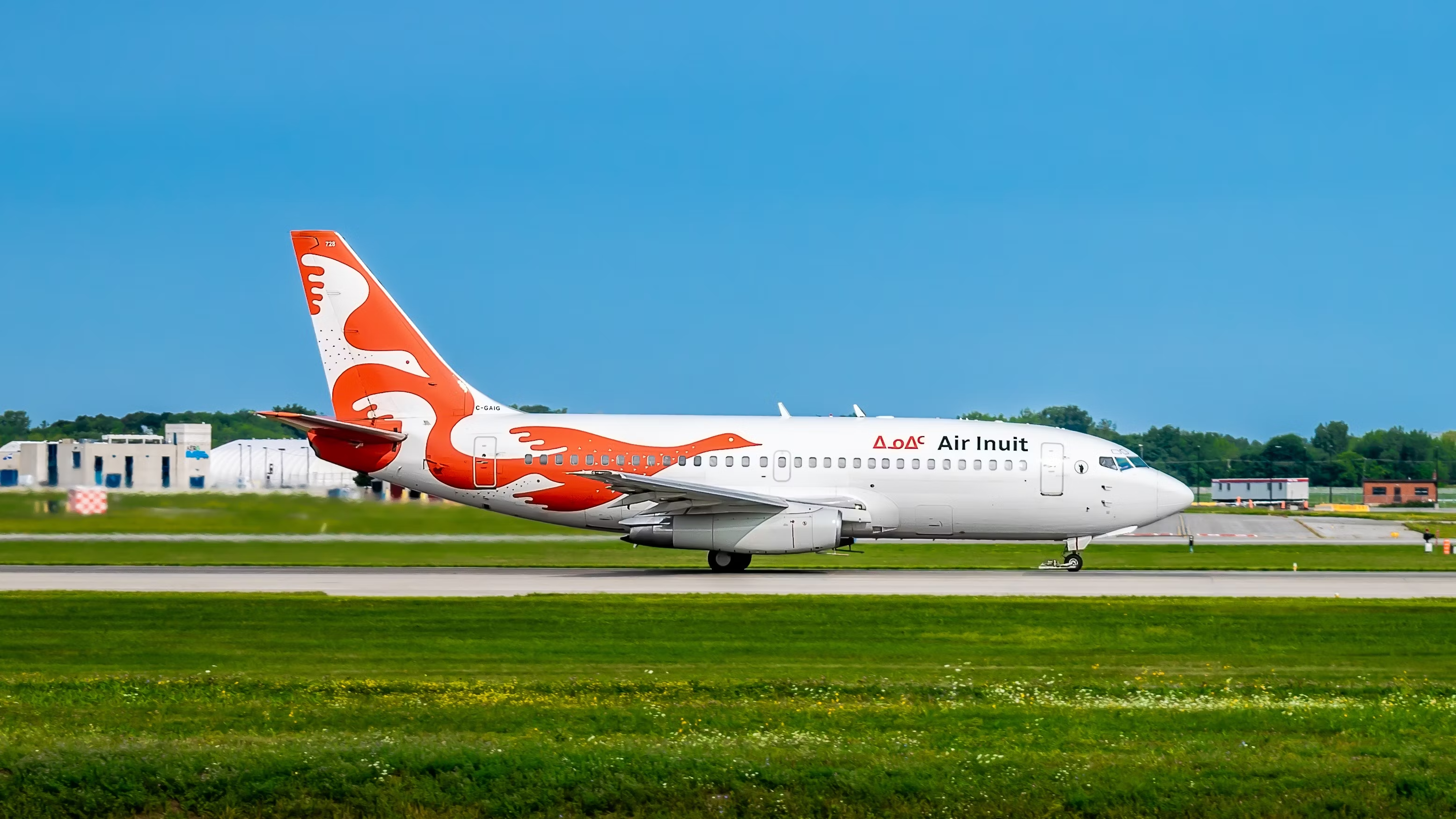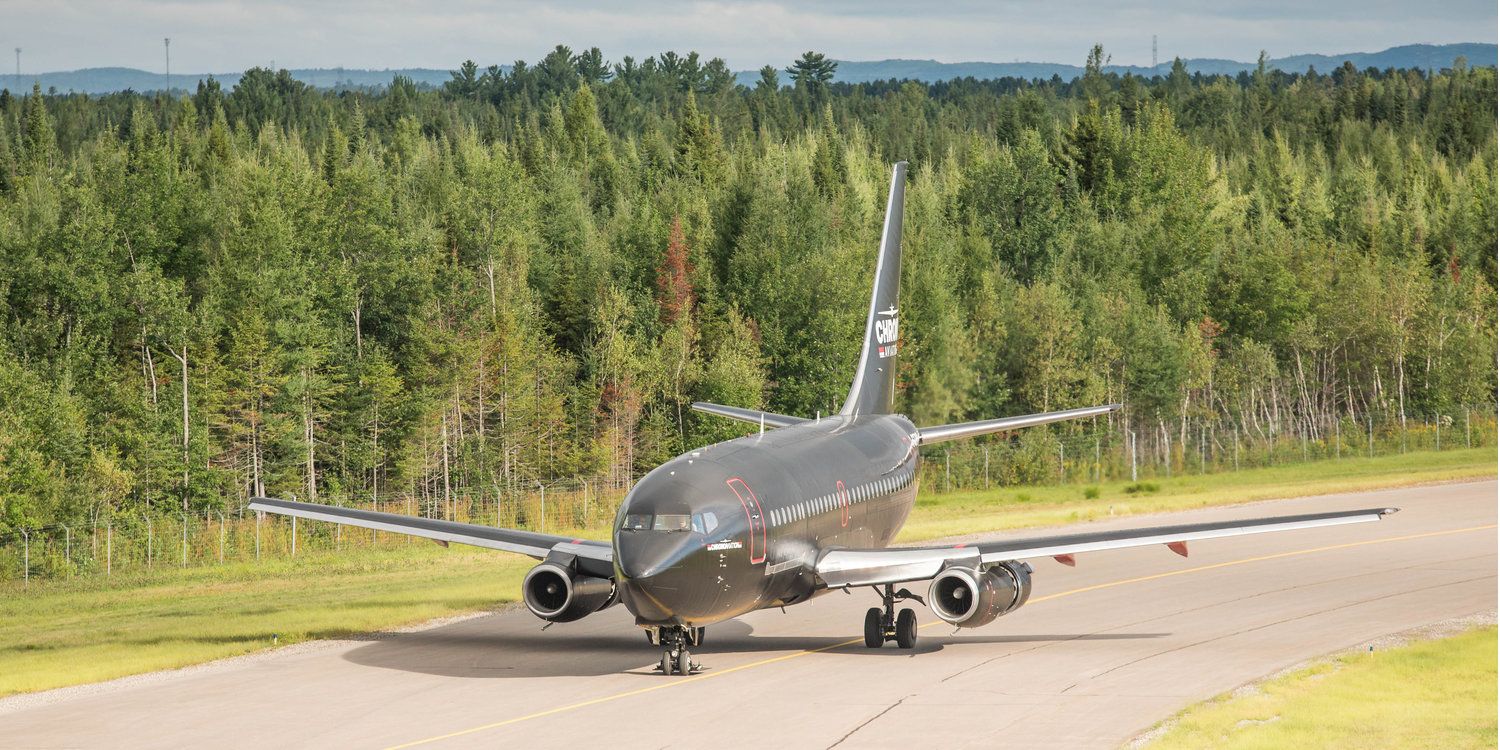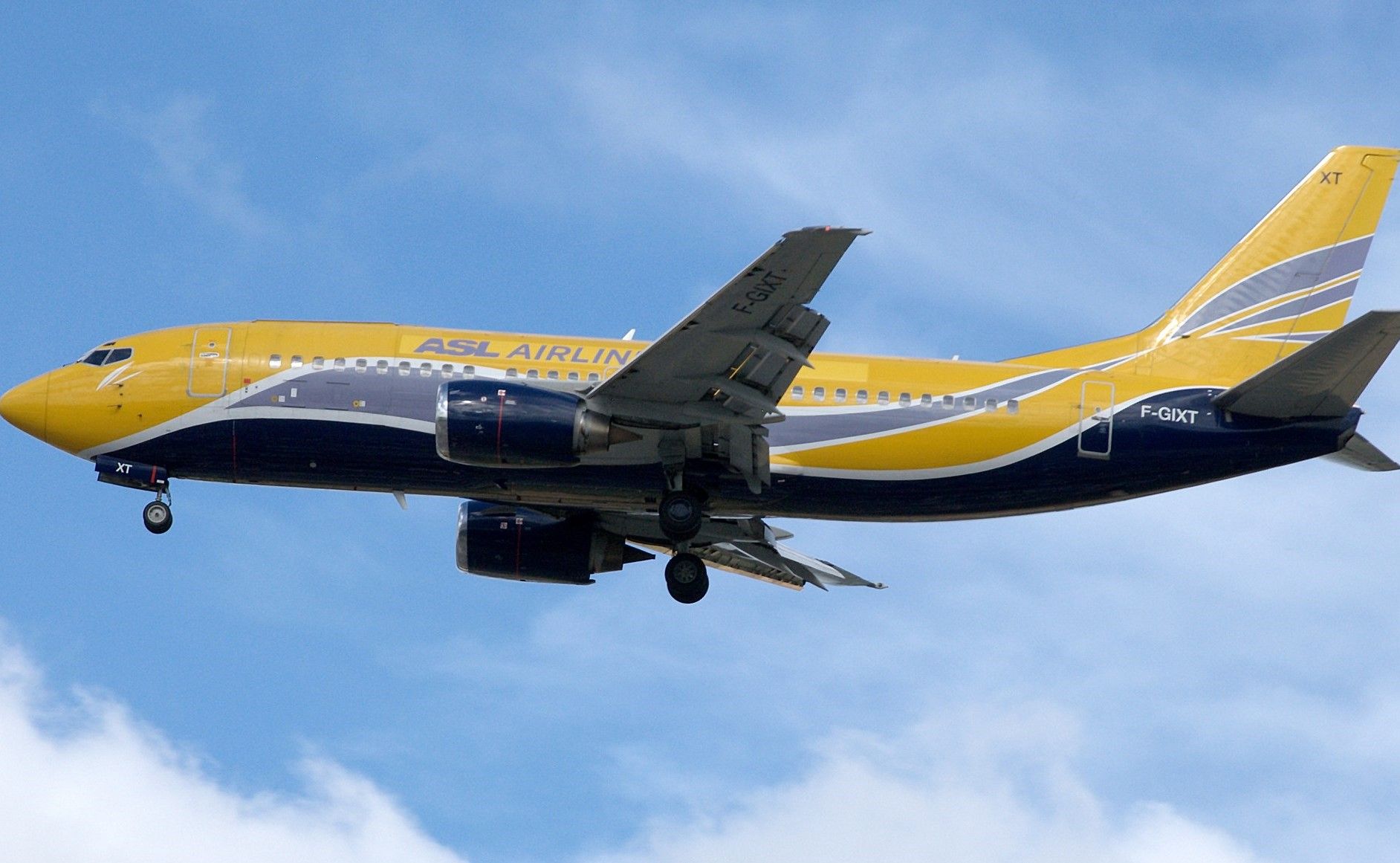Summary
- Boeing 737 Combis are essential for connecting isolated communities in Northern Canada, providing passenger seats and cargo capacity.
- Combi aircraft designs boast versatility, allowing airlines to add or remove seats depending on passenger and cargo loads.
- Nolinor Aviation is the largest operator of the 737-200C, while Nolinor and Canadian North operate the 737-300QC in Canada's unique terrain.
For those fortunate enough to have traveled on the unique Boeing 737 Combi know how vital these aircraft continue to play in connecting isolated communities. Now predominantly used to provide services in Northern Canada, these aircraft can facilitate thin passenger demand, with necessary freight to various communities.
Carriers found these aircraft efficient, reliable, and, most of all, versatile when traveling to remote locations, especially when they could be fitted with gravel kits for even more isolated locales.
What exactly is a combi aircraft?
While the Boeing 737 is one of the most famous aircraft variants on the planet, not many know about the combi design, and only a handful were ever delivered. Derived from the German VW Type 2 Van, the name comes from Kombinationskraftwagen (or Kombi for short). These aircraft (and vans) aimed to maximize cargo capacity while allowing for a decent number of passenger seats.
The combi aircraft provides large cargo doors on the side of the aircraft and tracks installed along the floor of the fold to allow the carrier to provide extended flexibility when required. This would allow airlines to add or remove seats depending on the loadings of both passengers and cargo. This is where Northern Canada could see its benefit, with low passenger loads but a high demand for necessary goods and supplies to these isolated communities.
North America has seen the most significant number of operators for this aircraft design, which once included Alaska Airlines, which had a fleet of five. These were deployed on typical 'milk run' routes, serving communities across Alaska. The exact configuration of the Combi varies by airline and the locations they serve. However, most commonly, the design includes a large cargo area at the front of the aircraft and seats at the rear. This would make it quite a unique experience for passengers onboard. Cargo and passengers would be separated from the cargo area by an airtight bulkhead.
Current operators of the 737 Combi
Looking at three different variants of the 737 Combi, multiple carriers are still operating, with the majority (you guessed it) serving Northern Canada. Air Inuit has three -200C in service, all convertible, offering between 112 and 0 passenger seats plus 0 to six pallets of space. Let's look at the list of operators below:
737-200C
|
Airline |
Registration |
MSN |
Age (years old) |
|
Air Inuit |
C-GAIG |
21928 |
44 |
|
Air Inuit |
C-GMAI |
21467 |
45 |
|
Air Inuit |
C-GSPW |
22618 |
42 |
|
AviaTrade Congo |
9Q-CGW |
19594 |
|
|
Chrono Jet |
C-GTVO |
22994 |
41 |
|
Force Aérienne du Congo |
9T-TCQ |
21139 |
48 |
|
Glencore Canada |
C-GXNR |
21929 |
44 |
|
Jayawijaya Dirgantara |
PK-JRW |
21822 |
44 |
|
Nolinor Aviation |
C-GNLE |
21011 |
48 |
|
Nolinor Aviation |
C-GNLN |
23050 |
40 |
|
Nolinor Aviation |
C-GNRD |
21738 |
44 |
|
Nolinor Aviation |
C-GTUK |
23049 |
40 |
|
SEAir International |
RP-C4737 |
23065 |
40 |
|
SEAir International |
RP-C4753 |
21959 |
44 |
With none of these aircraft being produced anymore, it's evident that those still gracing the skies have aged. While it's expected these aircraft won't be around forever, there are still a few options for you to take flight. Canadian regional carrier, Nolinor, remains the largest operator of the 737-200C. These convertible 737s can seat up to 119 passengers or be entirely converted to cargo, or, of course, a bit of both.
Get the latest aviation news straight to your inbox: Sign up for our newsletters today.
737-300QC
Canadian carriers Nolinor and Canadian North are another example of 737-300QC operators utilizing the aircraft in Canada's unique terrain and environment. Nolinor's configuration allows conversion for up to 130 passengers, solely cargo, or both. Canadian North, on the other hand, its -300s can either take 120 passengers or 80 passengers plus three pallets of freight. Sticking in North America, Air Inuit has 300QC one in service, providing up to 130 seats with 0 pallets to zero seats and eight pallets.
|
Airline |
Registration |
MSN |
Age (years old) |
|
Aeronaves TSM |
XA-VFK |
23685 |
36 |
|
Air Inuit |
C-GFFN |
25402 |
32 |
|
ASL Airlines France |
F-GIXT |
28898 |
26 |
|
ASL Airlines France |
F-GZTB |
29336 |
24 |
|
Canadian North |
C-GZCN |
28594 |
24 |
|
Fuerza Aérea de Chile |
FAC922 |
23524 |
37 |
|
Gomair |
9S-ABJ |
24021 |
35 |
|
My Jet Xpress Airlines |
GM-NEY |
23837 |
35 |
|
Nolinor Aviation |
C-GNLQ |
25401 |
32 |
|
Sideral Linhas Aéreas |
PR-SDG |
25426 |
32 |
|
Trigana Air Service |
PK-YSV |
24283 |
34 |
|
Vision Air International |
AP-BMT |
24387 |
34 |
Unsurprisingly, the 737C is becoming more difficult to find outside of North America. In Pakistan, Vision Air has one 737-300QC at 34 years old. ASL Airlines France also operate two of the variant, with F-GZTB, showing from data on Flightradar24 that it most recently has been operating flights between Algeria and mainland France.
The rare 737-700C
Introduced by Boeing in 2001, it first took to the skies commercially for Air Algerie. Historically, the carrier used it for 100% cargo operations, which could facilitate up to 40,000 lbs of freight onboard. The US Navy also has 15 of these aircraft actively in service (and two in maintenance); however, for the Navy, this is called the C-40A Clipper.
Read the latest Boeing news here.
Excluding military aircraft, just a few of the 737-700 remain in active service:
|
Airline |
Registration |
MSN |
Age (years old) |
|
Air Algérie |
7T-VKS |
61340 |
7 |
|
Air Algérie |
7T-VKT |
61341 |
7 |
|
Hillwood Airways |
N737AT |
36756 |
16 |
American carrier Hillwood Airways is a charter airline based out of Fort Worth Alliance Airport (AFW). It can configure its 737-700C for both cargo and passenger operations with a mix of 36, 60, or 94 seats. While airlines vary on how they utilize the combi aircraft, if you're keen on experiencing one yourself, it's safe to say you'd be best to book a ticket to northern Canada.
Sources: ch-Aviation, Flightradar24



